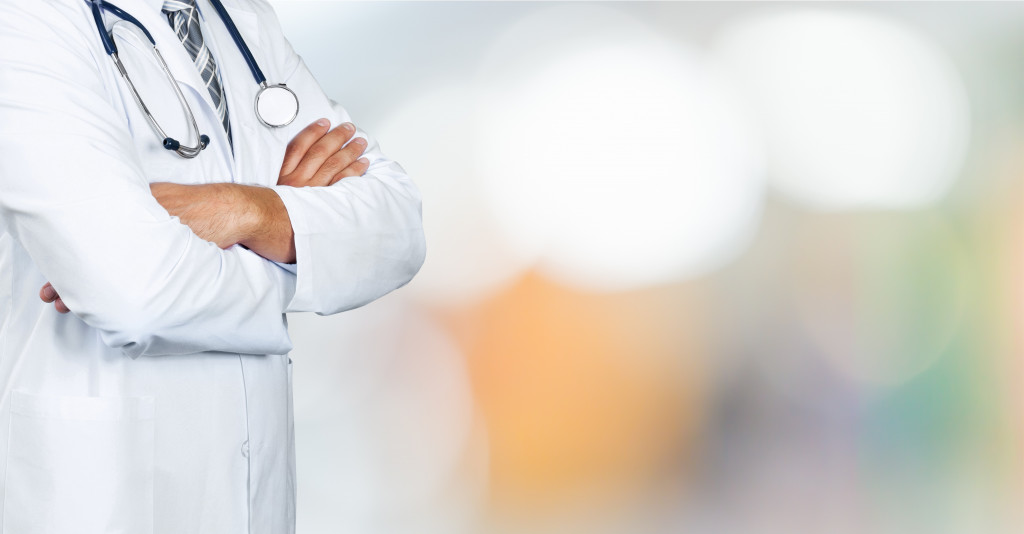Scoliosis is a lateral curvature of the spine that is most often seen in teenagers. While scoliosis can develop in individuals with cerebral palsy and spinal muscular atrophy, most juvenile scoliosis is caused by unknown factors. The majority of scoliosis instances are minor, although some bends develop as children grow. Severe scoliosis can be incapacitating. A very severe spine curvature can restrict the amount of room available in the chest, making it harder for the lungs to work usually. However, you should be aware that the conventional technique is not the sole therapy option.
The chiropractic-centered approach to scoliosis therapy at a chiropractic clinic can be just as effective as the conventional method. Without having to go under the knife, it is feasible to decrease curvatures and enhance function. However, you should be aware that adverse effects are possible regardless of your therapy method.
Before you make any treatment choices, I’d want to offer some information regarding scoliosis, regardless of whether you’re contemplating the conventional surgical method.
Living with Scoliosis
Scoliosis may not always cause physical discomfort. However, the longer a patient has the disease, the more probable they will feel pain.
Scoliosis pain can appear in a variety of ways and at a variety of locations on the body. Adult patients, for the most part, suffer from scoliosis discomfort. However, about 20% of teenagers with the disease suffer muscular pain to some extent. And it’s just getting worse.
Some of the most concerning scoliosis side effects are not of the physical kind. They appear instead in a patient’s emotional and social life. Physical restrictions caused by aberrant spine curvature can lead to significant problems, particularly for teenagers who cannot engage in certain activities with their friends. Scoliosis can also impair sleep, resulting in reduced energy, irritability, and lack of performance at school or work.
Maintaining a cheerful, optimistic outlook on life becomes increasingly challenging while dealing with these adverse effects. Individuals with scoliosis often experience depression or anxiety, which can be just as, if not more, severe than the physical effects.
Solutions and Treatment

If the curve is between 20 and 40 degrees, the doctor may advise them to use a back brace to slow its progression as they develop. A prop, however, cannot straighten a curvature.
Braces constructed of solid plastic are possible. These can be stiff or elastic, allowing them to move freely. The kind your kid needs will determine how severe their curvature is and where it is situated. They can wear the brace for 16 to 23 hours each day until they have finished developing. The aim is to keep the curvature under control so that surgery is not required. Curves between 45 and 50 degrees are anticipated to worsen and can potentially impair how the lungs function.
In such instances, your doctor may advise you to undergo spinal fusion surgery, which has been proven to slow curvature progression. Curved tiny bones in the spine will be united during this procedure. These vertebrae will fuse to create a single straight bone when the back heals. Because development in this region of the spine has ceased, the curvature should no longer change.
The procedure will require a bone transplant and will take between 4 and 8 hours. Your kid’s surgeon will advise you on when your child should return to school after surgery. If you have degenerative scoliosis as an adult, your doctor may prescribe physical therapy, stretches, and exercises to help you gain strength. Over-the-counter pain relievers and wearing a brace for brief periods can assist. An epidural or nerve block injection can provide temporary comfort if your legs are bothering you.
Degenerative scoliosis can render you immobile due to discomfort in your back or legs. This can harm the quality of your life. If non-surgical therapies have failed to assist you, it may be time for surgery. Surgery can help with pain by improving spinal balance and relieving nerve strain on your spine. To restore the alignment of your spine, the bones in your spine can be fused.
To cure your scoliosis, you may try chiropractic therapy, herbal products, or transcranial magnetic stimulation. However, none of these have been proven to prevent changes in spinal curvature. Before pursuing any alternative treatments, consult with your doctor. While exercise has no direct effect on scoliosis, it is essential to remain active and maintain a healthy lifestyle at any age. Walking, jogging, and soccer are all activities that may help keep your body healthy. This is particularly essential if you have scoliosis as you age.
